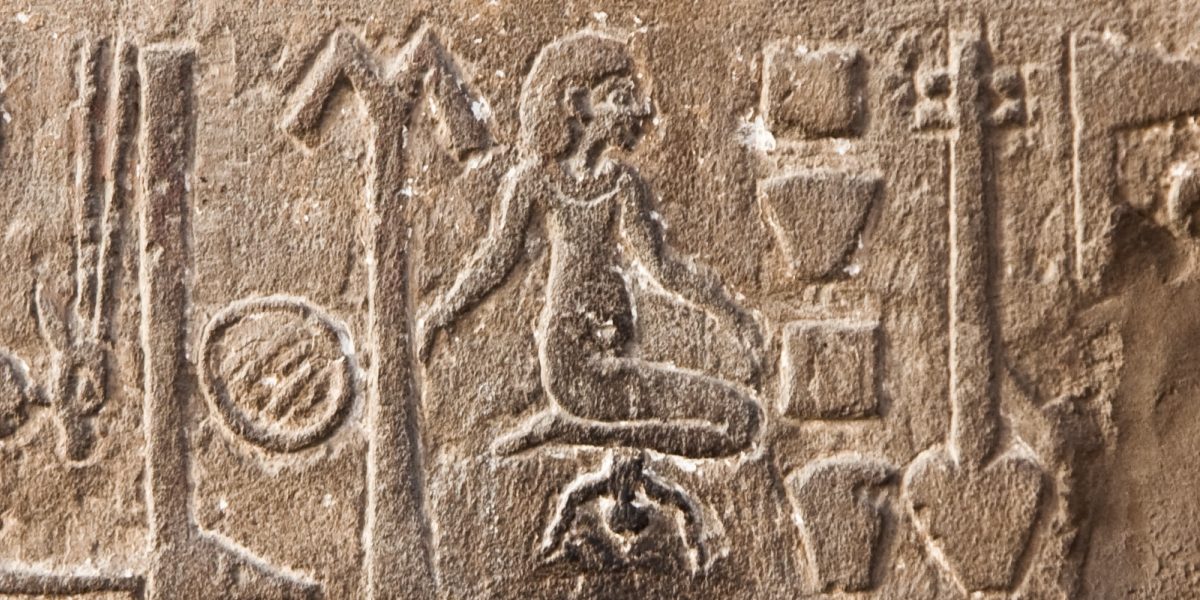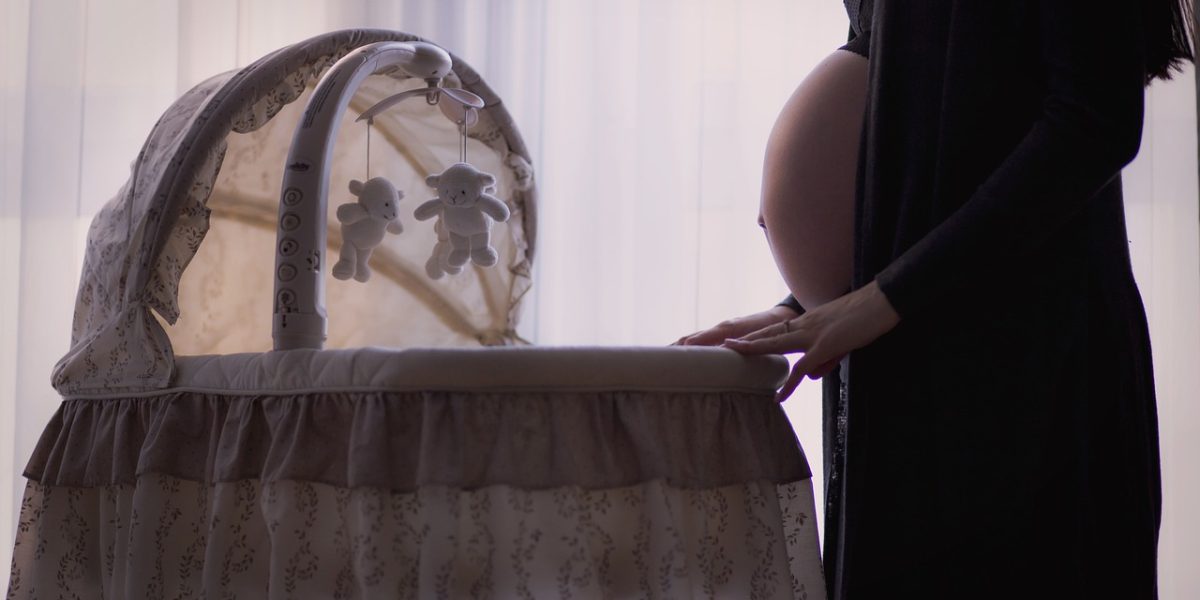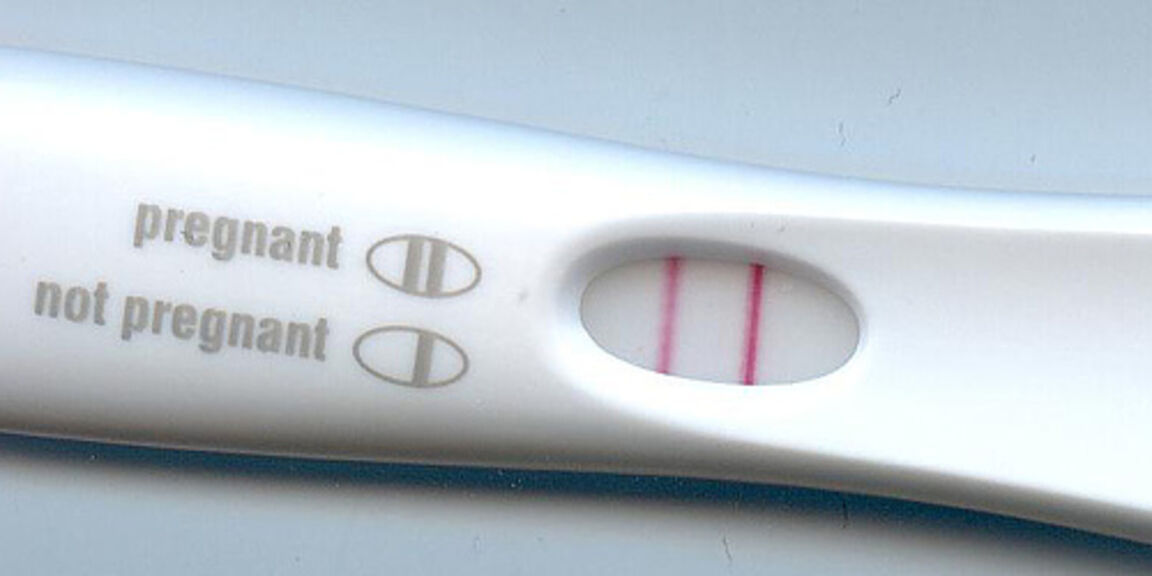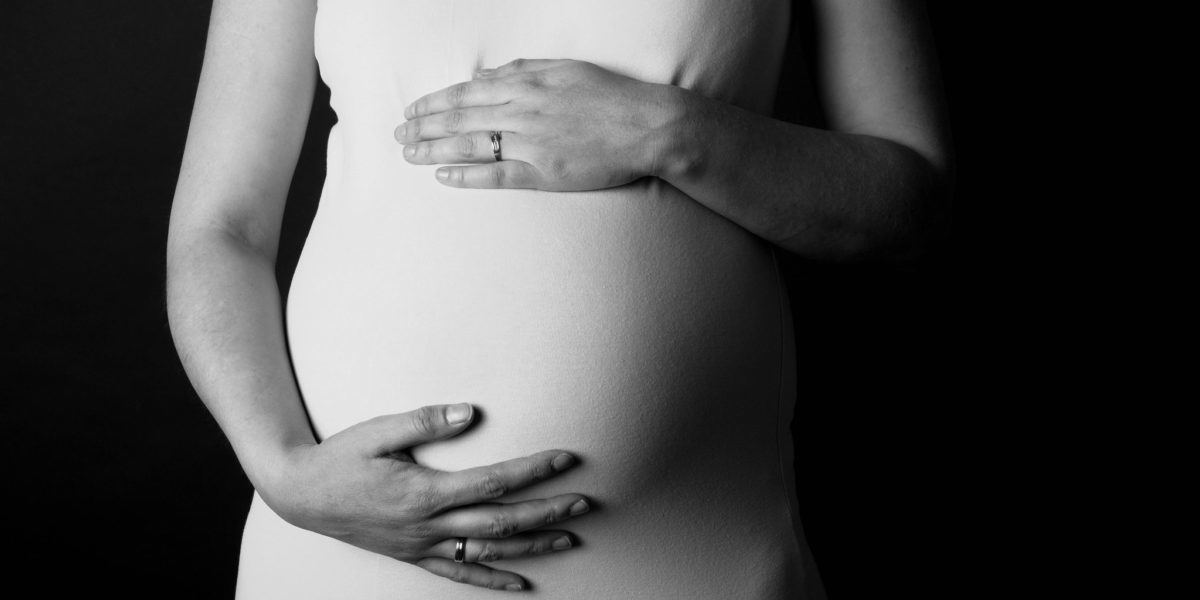Imagine this: you’re jolted awake in the dead of night, disoriented and feeling a sharp, relentless pain radiating through your lower abdomen. Glancing at the clock, it’s only 3 a.m., but you already know the culprit. Your period has arrived—along with the familiar, sometimes debilitating cramps that will have you reaching for ibuprofen every few hours just to make it through the day. For as high as 45-95% of people who menstruate, this monthly pain feels inevitable, with studies showing that dysmenorrhea is one of the most common gynecological conditions. In this post, we’ll explore the biomechanics of period cramps, diving into what’s causing that pain, how your muscles and nerves are involved, and ways to find relief.
Continue reading “Cramping My Style: The Biomechanics Behind Period Pain”Tag: reproduction
Biomechanical and Historical Insights into Birthing Position
Ancient records and relics suggest that upright birthing positions, such as kneeling, squatting, sitting, and standing, were the predominant method of childbirth throughout human history. Moreover, a 1961 study found that only 14 of 76 existing traditional cultures assumed dorsal positions during childbirth. However, upright childbirth was largely abandoned in the West during the medicalization of labor and delivery between the 14th and 16th centuries. The shift from upright to horizontal birthing norms is largely attributed to the French physician François Mauriceau. In his book, The Diseases of Women with Child and in Child-Bed, he advocated for the semi-recumbent birthing position, whereby the laboring mother lays on her back with her head and shoulders slightly raised (Dundes, 1987). Today, this standard is generally undisputed among physicians and expectant mothers in Western nations. However, experts argue that this norm is largely rooted in interventional convenience and is perpetuated by modern technologies such as continuous monitors and anesthetics, which constrain movement. Here, an examination of clinical and biomechanical data sheds light on the complexities surrounding this topic.
Continue reading “Biomechanical and Historical Insights into Birthing Position”New Hope for Pelvic Floor Health: Models and Scaffolds
About 30% of women worldwide experience Pelvic Floor Dysfunction (PFD), the failure of the pelvic floor muscles. PFD is often caused by childbirth and pregnancy, and it significantly impacts the quality of life for many women, highlighting the need for scientific solutions.
Continue reading “New Hope for Pelvic Floor Health: Models and Scaffolds”Cervical Mechanics: Can We Make Pregnancy Safer?
Pregnancy and childbirth are two of the biological processes that tie all of us together, and anyone can see the beauty in how we as humans are created. Unfortunately, oftentimes these can be arduous processes as many complications that create risks are common across the board.
Continue reading “Cervical Mechanics: Can We Make Pregnancy Safer?”In the Womb: Alive and Kicking
For a pregnant woman, it can be a thrilling moment when her baby kicks for the first time. Women have described the feeling as a flutter, a tumble, or a gentle thud. However, these movements are not only exciting because they are unpredictable but because they indicate healthy fetal development.
Continue reading “In the Womb: Alive and Kicking”



